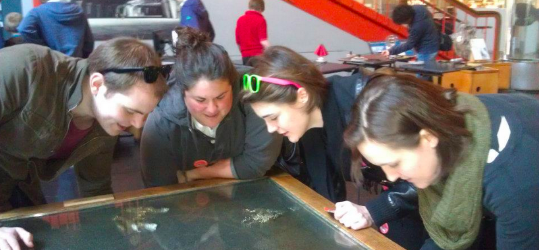This is what you need to know in one, single article.
Millennials are a hot topic. While I consider "millennials" but one topic in the file of "pressing issues necessitating the evolution of visitor-serving organizations," it turns out that there is a lot of information to point out and underscore. No doubt, I'll be adding to this list with future posts and there's more where these came from, but these nine Know Your Own Bone Posts make up a helpful set list for engaging this new and important audience. I've been on a millennial-related post roll recently. Let's keep...Sign in to KYOB+
Not a member yet?
Never miss the latest read on industry data and analysis.






